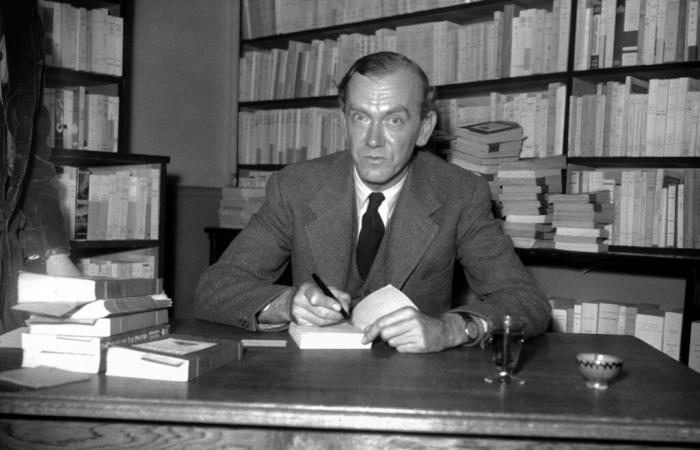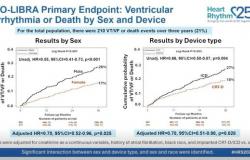Two classics by Graham Greene, revisited in modern translations, plunge readers back into a world of spying and doubts, between bombed London and torn awareness.
C Prod
Entering the work of Graham Greene is entering a legendary life where literature, the Chic British, the experience of the secret services, the taste for travel, champagne (“best lies”, mix, according to him) and war journalism. Former MI6 agent, Intelligence Service of the United Kingdom, ex-reporter who died in 1991, Greene published books which he liked to say they were “entertainment”. Very popular novels in the 1940s, 50s and 60s which served as a fertile soil for today’s authors in their vision of thriller or suspense. Novels whose translation inevitably reflects the spirit of an era which ended up making them retro in the wrong sense of the term, that is to say old-fashioned. To use Graham Greene’s work to zero, Flammarion opened a vast project that she entrusted to Claro, a prolix author and translator who had never set foot in “Greenland”, world invented by this writer with reputation worthy of that of Blake & Mortimer.
It is a update work to which Claro attaches which, in the press release, explains that certain translations “not only have taken a stroke of old but they are, which is, often obsolete, faulty, dated”. Two titles appear – two men in one, the first novel published in 1929 and the Ministry of Fear, a better known book released in 1943. If the first stages the pain of a man plunged into his torn awareness, the second is a London London Table Table at the time of the Blitz where the fate of a character mixed in silence is played for the transport of a microfilm – Nazis. The edition is neat, betting visuals of vintage -style blankets and postfaces signed by feathers (that of two men in East by William Boyd). The third man will follow (in October), a very quiet American and our agent in Havana (March 2026), Rocher de Brighton (October 2026), hitmen and the human factor (in 2027).
Two men in one / the Ministry of Fear, Flammarion, 342/380 p.








